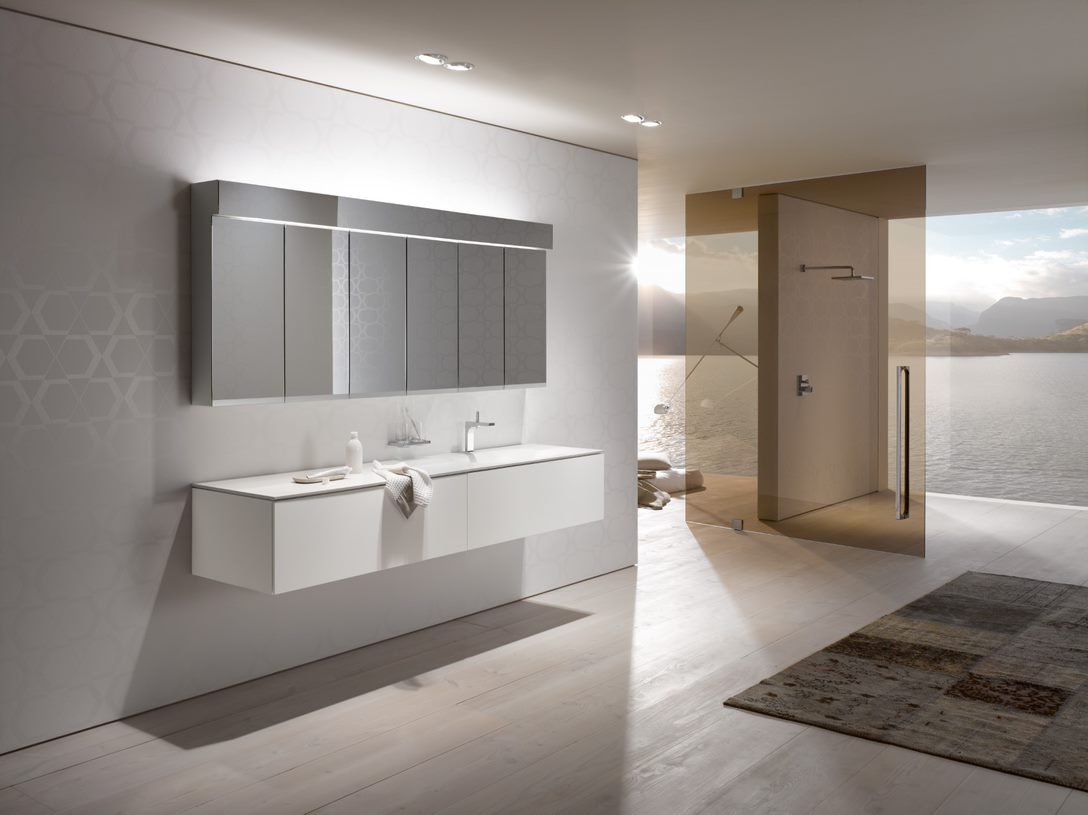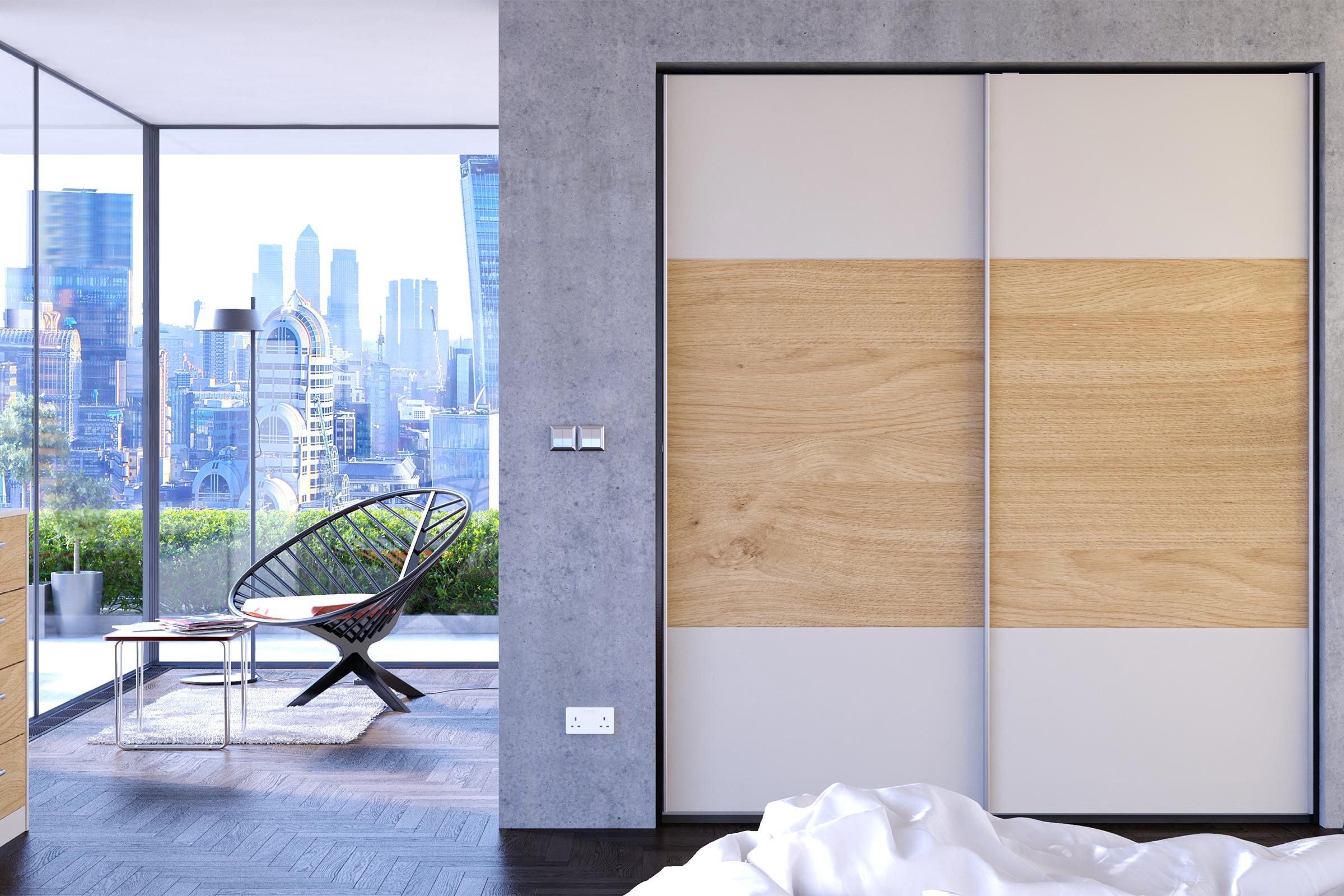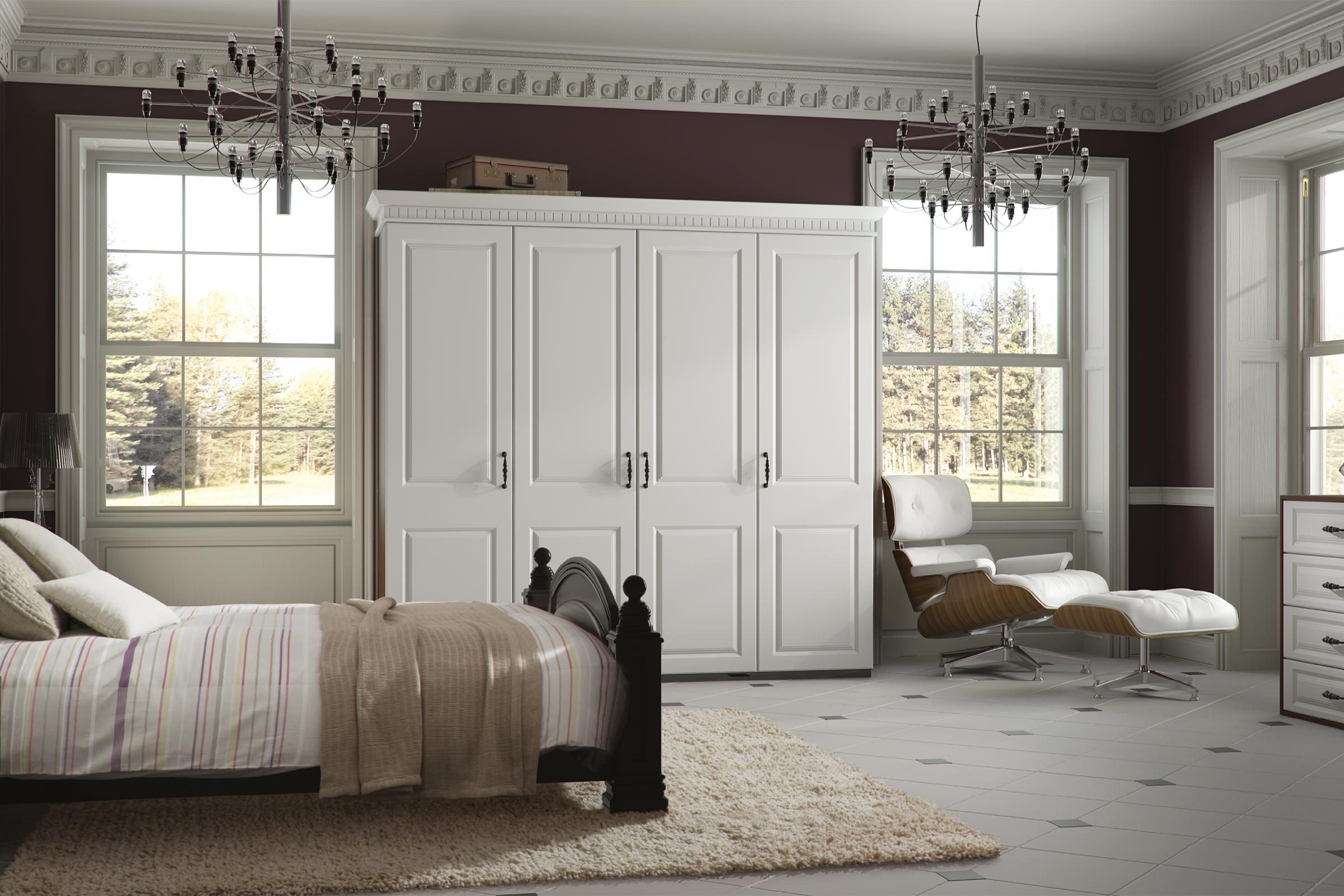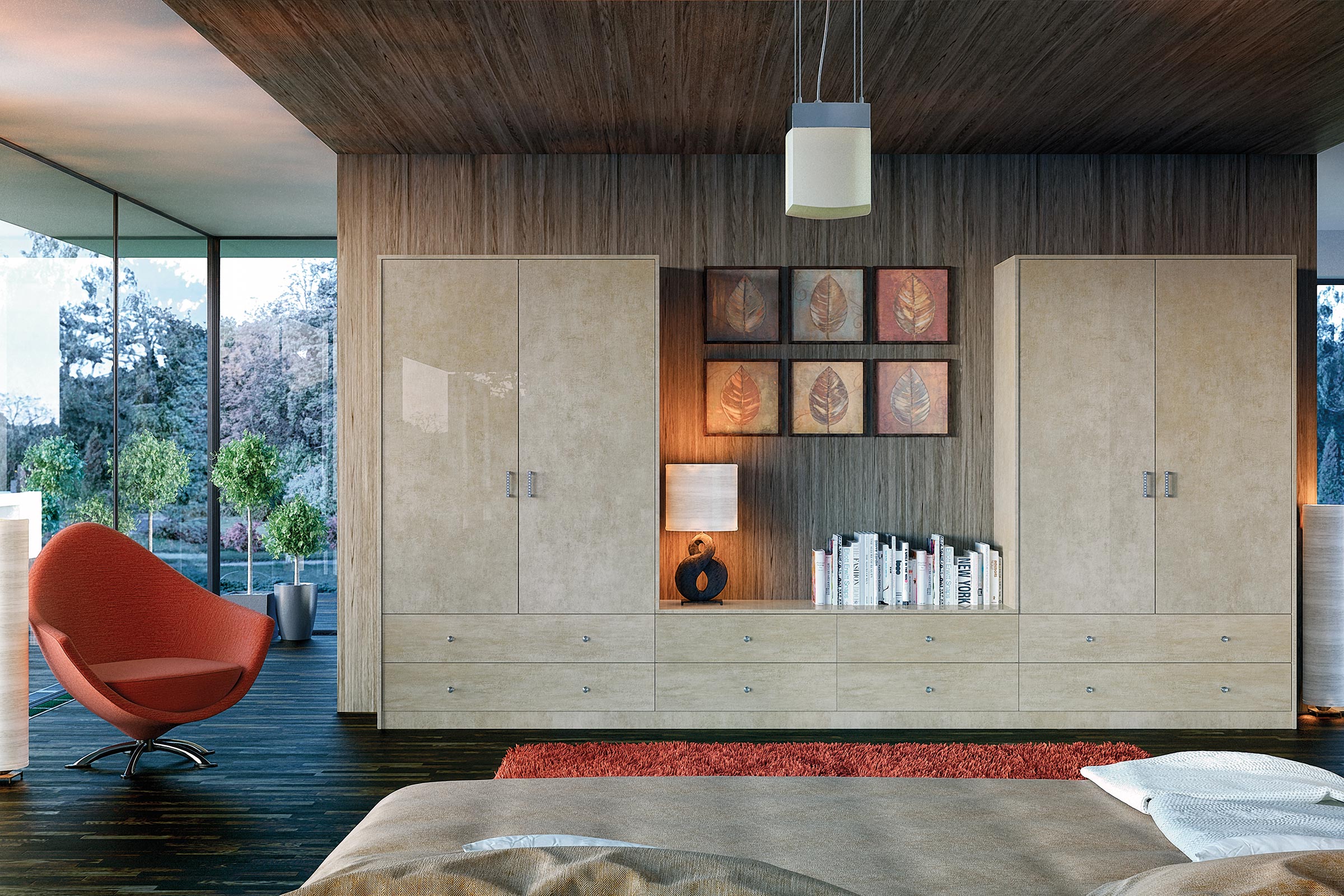Introduction
When it comes to home renovations, one trend that has gained immense popularity in recent years is the concept of open floor plans. Open floor plans involve removing walls between living, dining, and kitchen areas to create a seamless and spacious living space. While this trend offers many advantages, it’s essential to weigh both the pros and cons before deciding if an open floor plan is the right choice for your renovation project. In this blog, we will explore the benefits and potential drawbacks of open floor plans, allowing you to make an informed decision about revamping your space.


Pros of Open Floor Plans:
Enhanced Social Interaction: One of the significant advantages of an open floor plan is the improved social interaction it promotes. By eliminating walls, family members and guests can easily communicate and interact while engaging in different activities. This layout fosters a sense of togetherness and allows for seamless entertainment, making it ideal for those who love hosting gatherings and parties.
Increased Natural Light and Spaciousness: Open floor plans create a sense of openness and spaciousness by eliminating visual barriers. With more natural light flowing throughout the space, rooms appear brighter and more inviting. The removal of walls also allows for better utilisation of natural light sources, such as windows and skylights, thereby reducing the need for artificial lighting during the day.
Improved Traffic Flow: Removing walls in high-traffic areas eliminates bottlenecks and improves the overall flow within the house. Open floor plans provide unobstructed pathways, making it easier to navigate between different rooms. This aspect can be particularly advantageous for families with children or individuals with mobility challenges.
Cons of Open Floor Plans:
Limited Privacy: While open floor plans encourage social interaction, they may compromise privacy. With fewer walls, noise and visual distractions can easily travel throughout the space. Activities in the kitchen or living area may disrupt those working or resting in adjacent areas. Additionally, certain tasks, such as cooking or watching TV, might generate unwanted odours, noise, or distractions in nearby spaces.
Reduced Concealment and Storage Space: Open floor plans often mean fewer walls and cabinets to hide clutter or store items out of sight. This can be a challenge for individuals who prefer a more organised and clutter-free environment. Adequate storage solutions need to be carefully planned and incorporated to maintain a clean and uncluttered appearance.
Potential for Increased Energy Consumption: Although open floor plans allow for better utilisation of natural light, they may also result in increased energy consumption for heating and cooling. Large, open spaces can be more challenging to regulate in terms of temperature, and maintaining a comfortable indoor environment may require additional heating or cooling mechanisms.


Conclusion:
Open floor plans have become a popular choice for homeowners looking to revamp their spaces. The benefits of enhanced social interaction, increased natural light, flexible design options, and improved traffic flow make open floor plans an appealing option. However, it’s important to consider the potential drawbacks, including limited privacy, reduced concealment and storage space, increased energy consumption, and design constraints.
Ultimately, the decision to embrace an open floor plan should be based on your lifestyle, personal preferences, and the specific needs of your household. Consulting with a professional architect or designer can help you evaluate the feasibility of an open floor plan in your renovation project and explore potential solutions to address any concerns.


